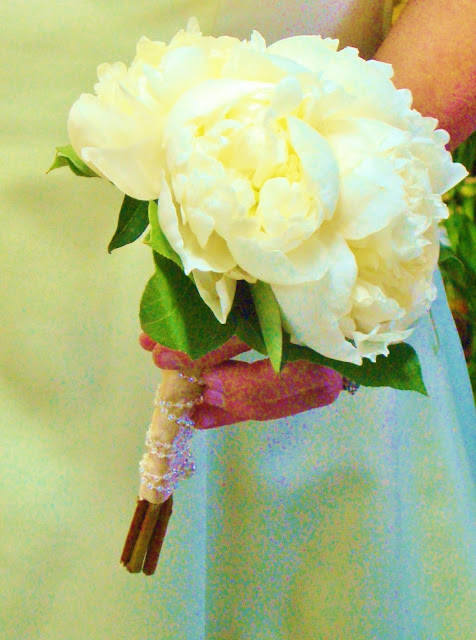 Day 271 - The
name Pittosporum comes from the Greek words 'pitta' meaning "pitch"
and 'spora' meaning "seed" in reference to the sticky seeds of many
members of the genus. Pittosporum, a native foliage of New Zealand, also
available from Florida, has found its way into the hearts of floral designers
for its wide range of colors and textures. An excellent item for use as a
filler in arrangements and bouquets, beautifully complementing other flowers.
Due to the dramatic appearance of many of the varieties, they are also
increasingly being brought to the fore of arrangements as a feature item.
Day 271 - The
name Pittosporum comes from the Greek words 'pitta' meaning "pitch"
and 'spora' meaning "seed" in reference to the sticky seeds of many
members of the genus. Pittosporum, a native foliage of New Zealand, also
available from Florida, has found its way into the hearts of floral designers
for its wide range of colors and textures. An excellent item for use as a
filler in arrangements and bouquets, beautifully complementing other flowers.
Due to the dramatic appearance of many of the varieties, they are also
increasingly being brought to the fore of arrangements as a feature item.

Day 272 - Do not try to get rid of the ants on your peonies.
This is a natural and temporary activity. It is believed that peonies produce
small amounts of nectar and other ant attractants to encourage ants to help in
opening the dense double flower buds found in many peonies. The ants may be
found covering certain varieties and avoiding others, this is totally normal.
Once the buds have opened the ants will disappear - also normal. Some people
think ants are REQUIRED to open the flowers, but this does not to appear to be
true. It seems a debatable question whether ants are beneficial
or harmful. We think they’re neutral.

Day 273 -
Gomphrena globosa, commonly known as Globe Amaranth or Bachelor Button, is an
annual plant that grows up to 24 inches in height. The true species has magenta
bracts, and cultivars have colors such as purple, red, white, pink, and lilac.
Its native range is in Brazil, Panama and Guatemala.
Day 274 - The
word Phlox comes from the Greek meaning "flame". Most phlox is native
to the US but was brought to Europe in the 1700s where it enjoyed popularity as
a cottage garden plant and was bred for many color and form variations. In the
language of flowers, phlox means our souls are united or we think alike.
 Day 275 - Long-leaved phlox
was used medicinally by several Native American tribes. A decoction of pounded
roots was rubbed all over the body for colds or aches & given to babies
with stomachaches. An infusion of the whole plant was given to anemic children.
An infusion of mashed roots was taken for diarrhea. A decoction of the entire
plant was taken for stomach disorders, and an infusion of roots was given to children
for stomachaches. Externally, a decoction of leaves was put on boils, and an
infusion or decoction of roots was used as an eyewash.
Day 275 - Long-leaved phlox
was used medicinally by several Native American tribes. A decoction of pounded
roots was rubbed all over the body for colds or aches & given to babies
with stomachaches. An infusion of the whole plant was given to anemic children.
An infusion of mashed roots was taken for diarrhea. A decoction of the entire
plant was taken for stomach disorders, and an infusion of roots was given to children
for stomachaches. Externally, a decoction of leaves was put on boils, and an
infusion or decoction of roots was used as an eyewash.
















